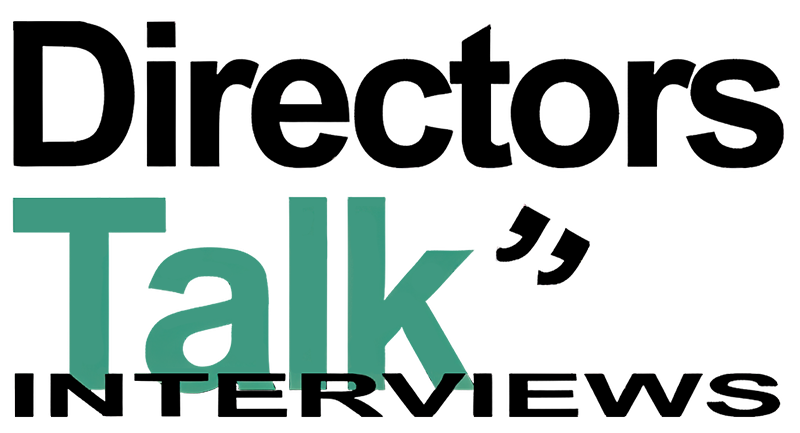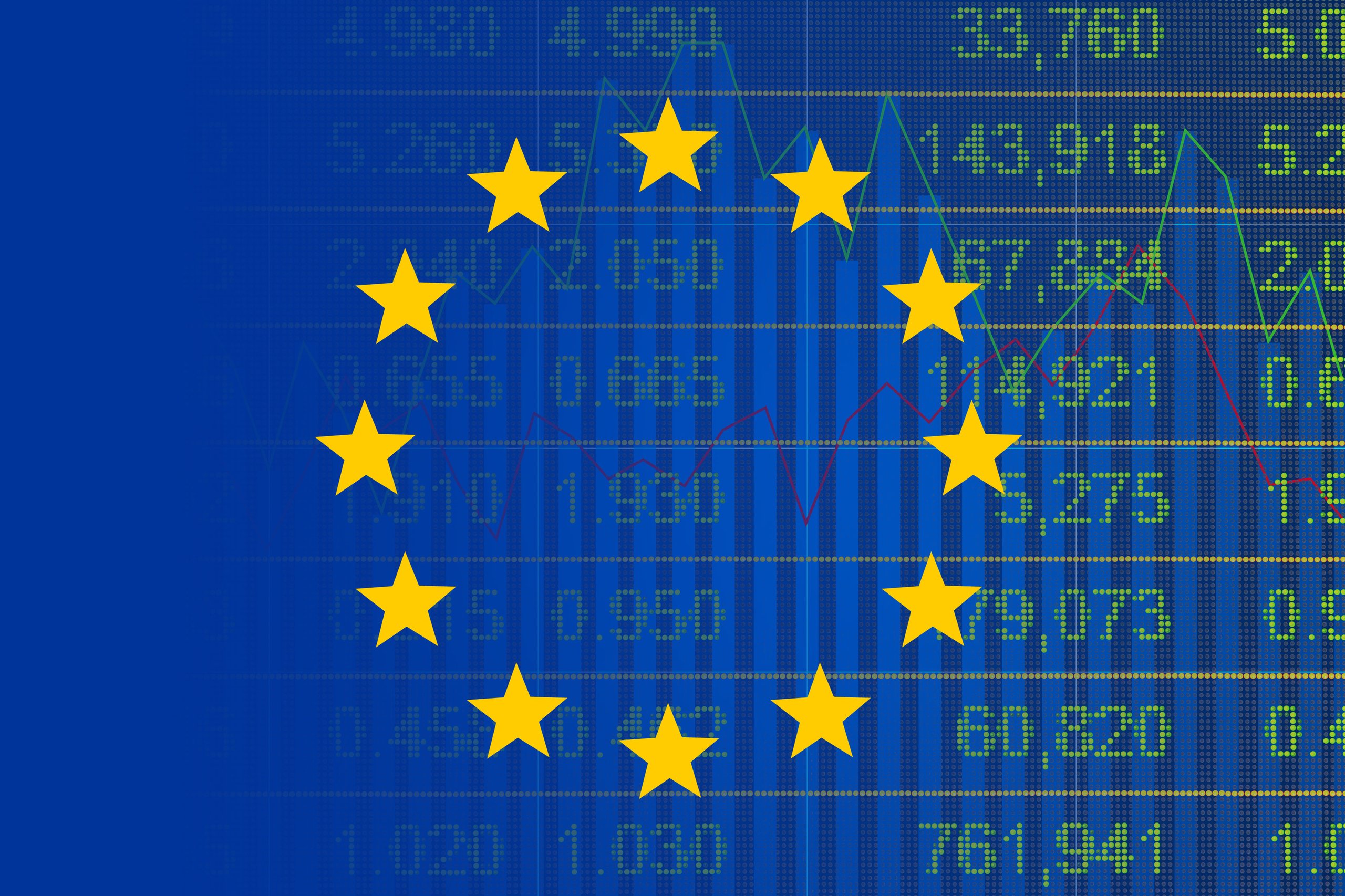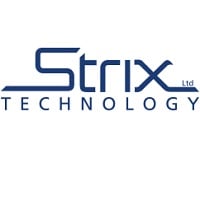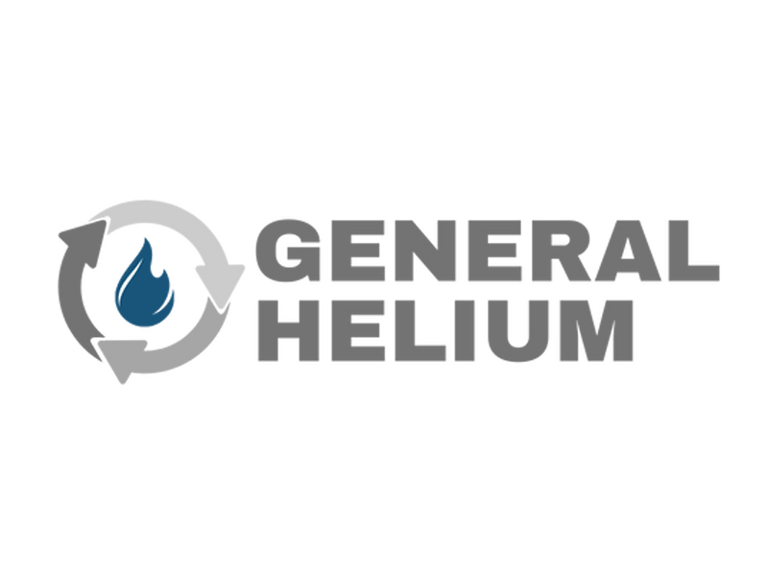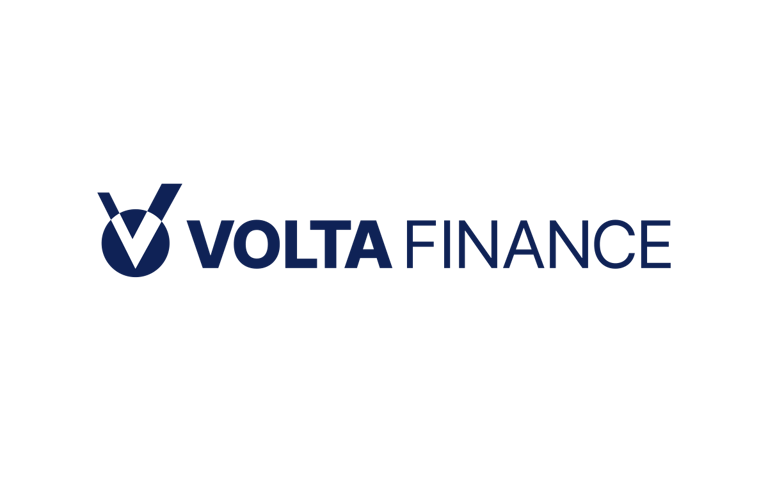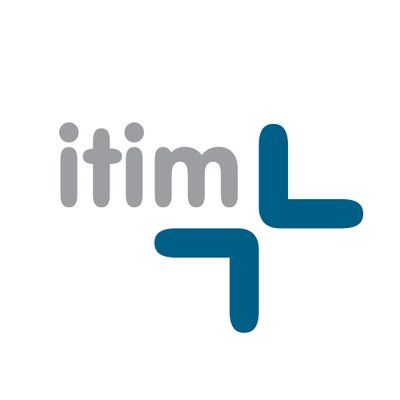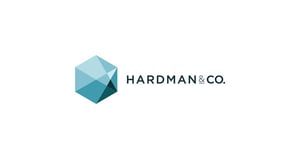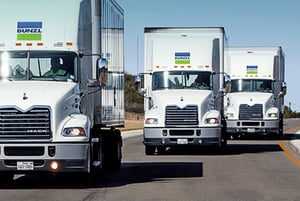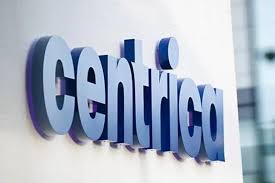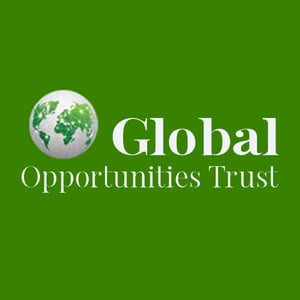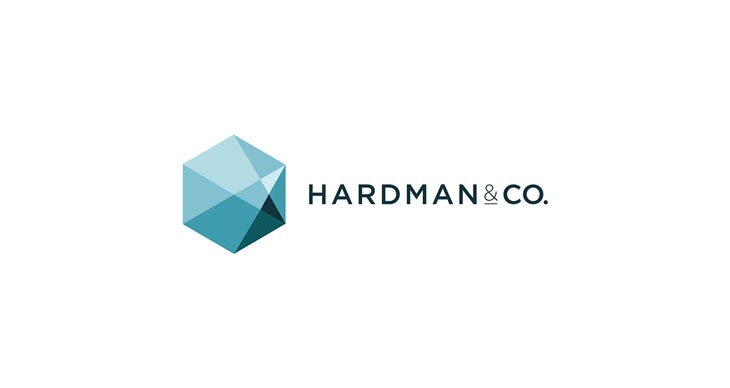In Asia, Japanese equities surged decisively as export‑heavy sectors regained confidence following a reported trade framework with the United States that reduces auto tariffs to 15 %, down from a previously threatened 25 %. The Nikkei posted gains of approximately 3.7 %, propelled by automakers whose policy relief reshapes near‑term cost structures and trade outlooks. This rally extended regionally, capturing advances in Australia, Korea and broader Asia‑Pacific indices, as the market embraced reduced trade friction.
In Europe, the STOXX 600 index rallied to reach four‑month highs, with major bourses such as Germany’s DAX and France’s CAC 40 posting firm gains, while the UK’s FTSE 100 advanced more modestly. The trade agreement, disclosed at the end of July, institutes a 15 % tariff on most EU exports to the US, replacing the previously threatened 30 % level and providing much needed regulatory certainty ahead of a key August deadline. In return, the EU committed to significant investment and energy purchases, cumulatively valued in the hundreds of billions of dollars.
This resolve from investors to re‑embrace risk reflects renewed stability. Auto manufacturers across the continent rose sharply after months of suspended guidance amid tariff uncertainty. Semiconductor and healthcare names also advanced, with strong interest in firms tied to core export verticals. Luxury goods posted steadier gains, buoyed by speculation around renewed deal activity and balance sheet restructuring.
However, mixed sentiment emerged around the deal’s structure. While the agreement defused the immediate threat of a full‑blown trade standoff, some European leaders described the accord as imbalanced. The EU faces pressure to justify significant concessions, particularly in sectors still exposed to elevated costs. Although the headline tariff was reduced from the initial threat, average rates have still risen materially from pre‑2025 levels, with potential inflationary effects on export‑oriented economies.
Looking ahead, the deal is expected to support modest earnings recovery, with forecasted second‑quarter growth edging into positive territory after earlier expectations of contraction. Revenue, however, may still lag, with projected declines pointing to persistent demand headwinds and margin compression. Several companies have already flagged significant one‑off tariff costs that will weigh on full‑year results, with multi‑billion euro adjustments anticipated.
